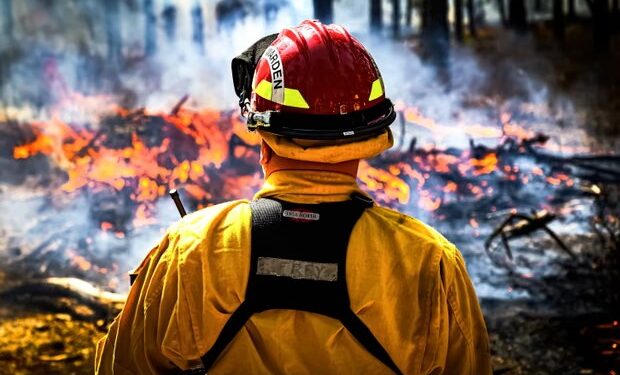The Pentagon is scaling back its climate initiatives, retreating from decades of policy that treated global warming as a national security threat—even as record heatwaves, floods, and storms increasingly disrupt US military operations and endanger troops at home and abroad.
Shift in priorities under the new administration
The move marks a significant policy reversal. For more than two decades, the Department of Defence had identified climate change as a “threat multiplier” that intensified global instability and directly affected military readiness. However, under the Trump administration’s renewed focus on energy independence and strategic deterrence, climate resilience has fallen down the list of defence priorities.
Officials have quietly withdrawn or delayed several adaptation projects meant to protect bases from rising seas, wildfires, and extreme temperatures. A Pentagon spokesperson confirmed that the department is “reviewing” earlier directives to incorporate climate risk into operational planning, citing “budgetary realignment” and “mission focus.”
Rising toll from heat and storms
The retreat comes as US forces increasingly grapple with the direct consequences of climate extremes. Over the past year, multiple training bases across the southern United States have faced record-breaking heat, with several soldiers hospitalised due to heat-related illnesses. Hurricanes and floods have repeatedly damaged coastal installations, including those in Florida, Virginia, and the Gulf Coast, costing billions in repairs and disrupting deployments.
At Fort Irwin in California’s Mojave Desert, where summer temperatures now regularly exceed 45°C, training schedules have been cut back, and night exercises expanded to protect troops from heat exhaustion. “We are literally fighting the weather,” said one officer stationed at the base.
Criticism from military and environmental leaders
Former defence officials and climate experts warn that deprioritising environmental resilience threatens national security. “Ignoring climate risk doesn’t make it go away—it makes our forces more vulnerable,” said a retired general who helped draft earlier Pentagon climate frameworks.
Environmental organisations have also expressed concern that reversing climate measures could weaken America’s ability to respond to humanitarian crises, natural disasters, and geopolitical instability triggered by environmental degradation.
Bases and infrastructure at risk
A 2019 Pentagon report identified more than 1,700 military sites at risk from flooding, wildfires, or extreme weather. Many of those vulnerabilities remain unaddressed. Analysts say that abandoning planned upgrades—such as improved drainage, storm barriers, and resilient energy systems—could leave critical infrastructure exposed.
The administration’s approach stands in sharp contrast to allies like the United Kingdom and NATO, both of which have elevated climate resilience as a central part of defence strategy.
Strategic implications
While the Pentagon insists that it remains “committed to readiness,” critics argue that withdrawing from the climate fight could compromise that very objective. As extreme weather continues to test the resilience of troops and infrastructure, the US military now faces an increasingly unpredictable battlefield—one shaped not only by adversaries, but by the planet itself.
Newshub Editorial in North America – 15 October 2025



Recent Comments